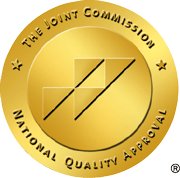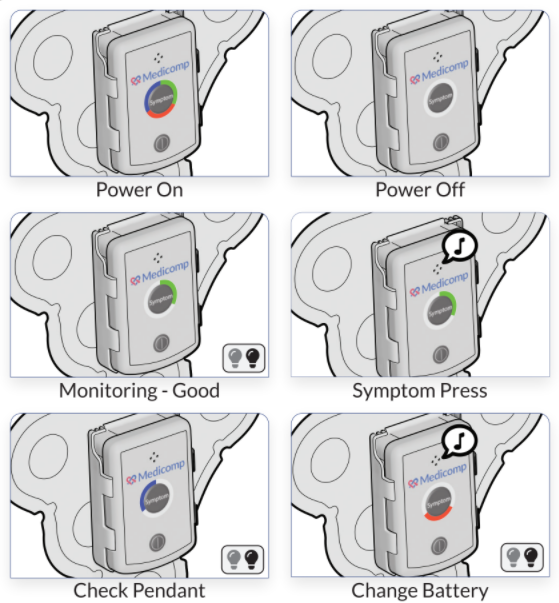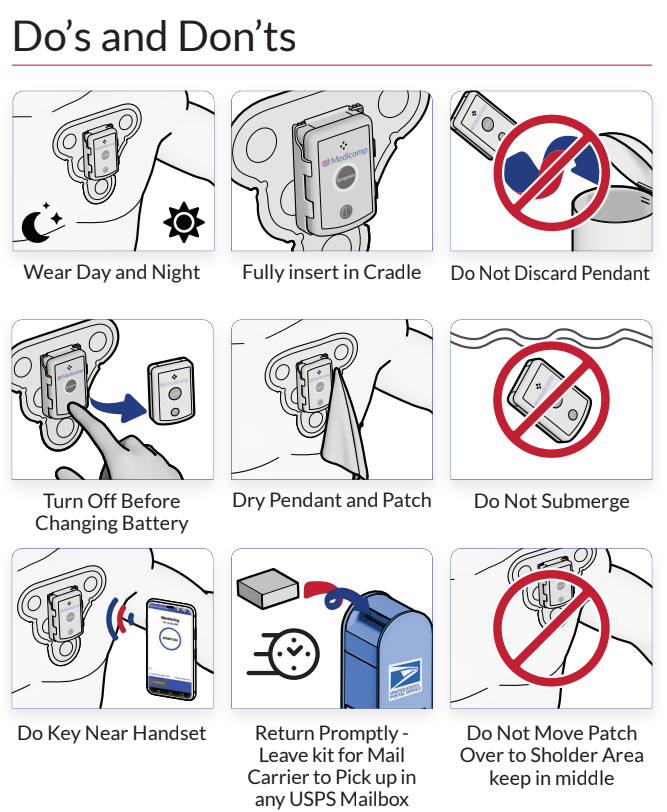South University points out that patients will look to a doctor’s appearance, body language, and communication skills when assessing whether they feel the physician is knowledgeable and caring. Doctors who don’t meet a patient’s expectations risk the patient not following their medical advice. ReactDx, ECG monitor experts, discuss four ways physicians can connect with their patients for a more successful outcome with regard to patient health.
- Get Personal
Start off each visit using your patient’s name. Give them a chance to report their ailments without interrupting. These two things alone will let the patient know you care and are willing to be attentive. If they brought a support individual with them, you will also want to include them in interactions.
- Keep Your Eyes on the Patient
Today, all of a patient’s medical information is recorded on tablets. It can be tempting to list everything your patient is saying in the tablet without even looking up at the patient, but this will give the appearance that you are uninterested. Instead of giving the individual your medical opinion or divulging instructions on how to take a specific medication while working on the tablet, take a break and make eye contact whenever you need to speak with him or her.
- Don’t Act Like You’re in a Hurry
Even if you find yourself falling behind, it’s important that you never act like you’re in a hurry to move on to the next patient. That means paying attention to both your words and your body language.
- Create a Collaborative Environment
Patients are more likely to follow a doctor’s advice if they have been included in the decision-making process. Tell the patient your thoughts and reasoning, and then ask them to share any insights he or she may have. Perhaps the patient has a concern you could address, or maybe the patient would like permission to try a holistic approach before agreeing to take a long-term medication.
Doctors should also make sure that rather than judging a patient, they show empathy. It’s also good practice to end each visit with a friendly parting comment. ReactDx supplies a line of ECG monitors that are used to assess a patient’s heart health. Call ReactDx at 800-234-3278 to learn more, or visit our News & Updates page.



